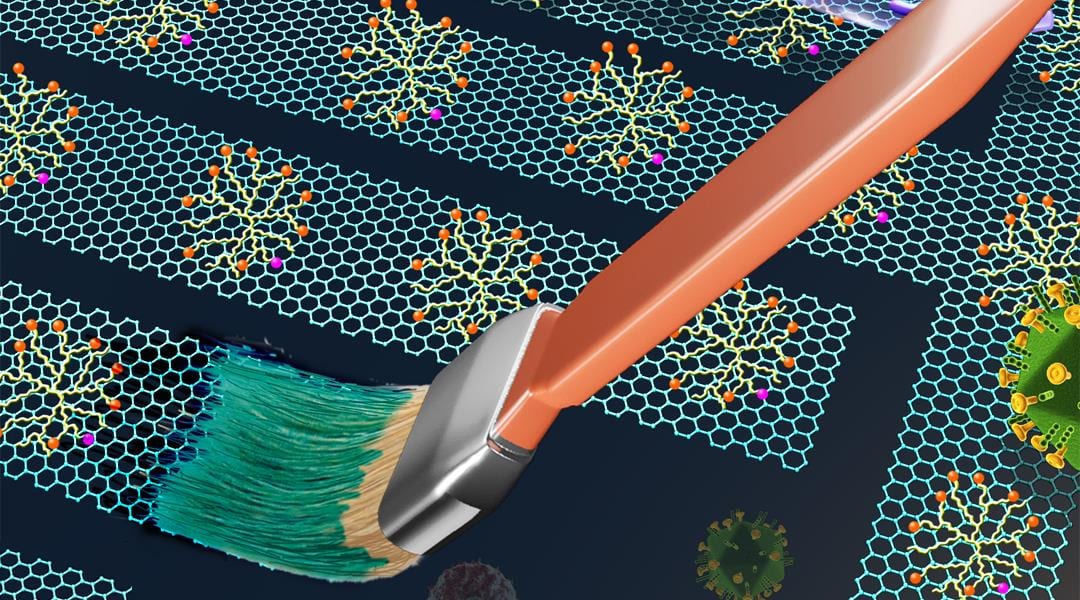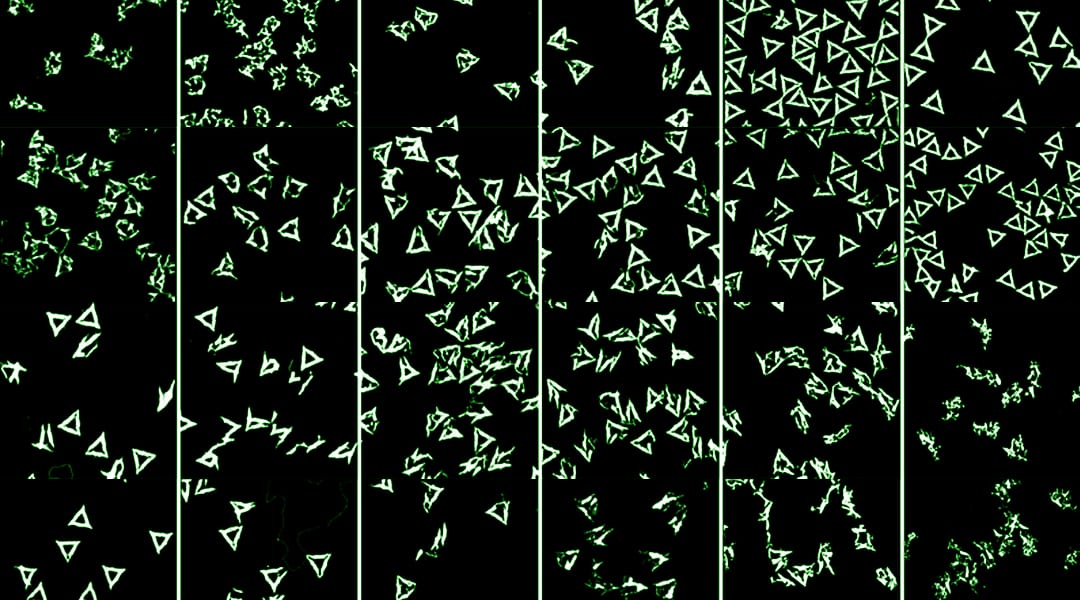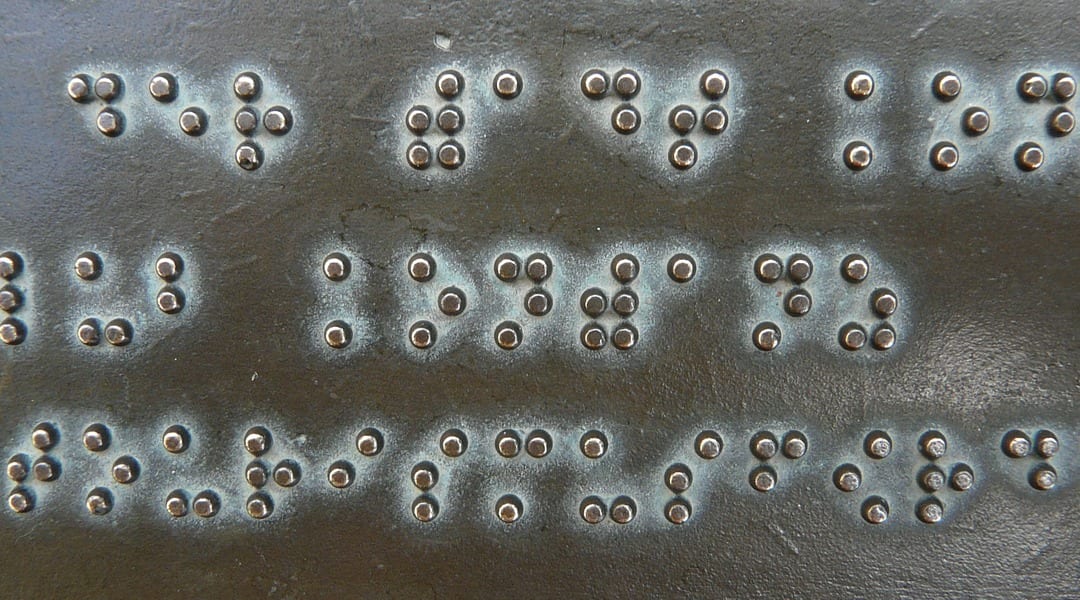Flexible graphene nano-inks with an excellent bioactivity pave the way for next generation biomedical applications.


Flexible graphene nano-inks with an excellent bioactivity pave the way for next generation biomedical applications.

Cytometry Part A published ISAC-Cytometry Part A Mentorship Program Special Section: New Developments in Cytometric Phenotyping, Guest Edited by ISAC Marylou Ingram Scholars Kewal Asosingh from Cleveland Clinic, USA, Katarzyna Piwocka from Nencki Institute of...

A group of researchers from the Massachusetts Institute of Technology (MIT) generate living materials and devices by 3D printing genetically programmed bacterial cells. The living bioink can be used to print novel materials including logic gates and a living tattoo for chemical detection on human skin.

Dr. Marta Mas-Torrent and her team are developing high-performance electrolyte-gated field-effect transistors (EGOFETs), electronic devices capable of working in an aqueous environment.

Ting Zhang and co-workers from the Suzhou Institute of Nano-Tech and Nano-Bionics at the Chinese Academy of Sciences develop a novel superhydrophobic and piezoresistive coating for wearable sensing devices. The coating is durable in harsh conditions and can be used to detect real-time human movement when fabricated as a wearable strain sensor.

A novel, electroluminescent device concept that can emit light in response to the accumulation and distribution of materials on the device surface is developed.

The stability of DNA origami under strongly denaturing conditions is investigated.

Researchers introduce a new device concept for electroluminescent displays, which does not require transparent electrodes and can be used as remotely readable, spatially-responsive sensors that emit light in response to the accumulation and distribution of materials on the device surface.

A wearable liquid-embedded microfluidic tactile sensor capable of haptic perception has been prepared.

A team of scientist from the Center for Optical and Electromagnetic Research in China developed a new laser spectroscopy method measuring gas to detect necrosis in the hip joints.